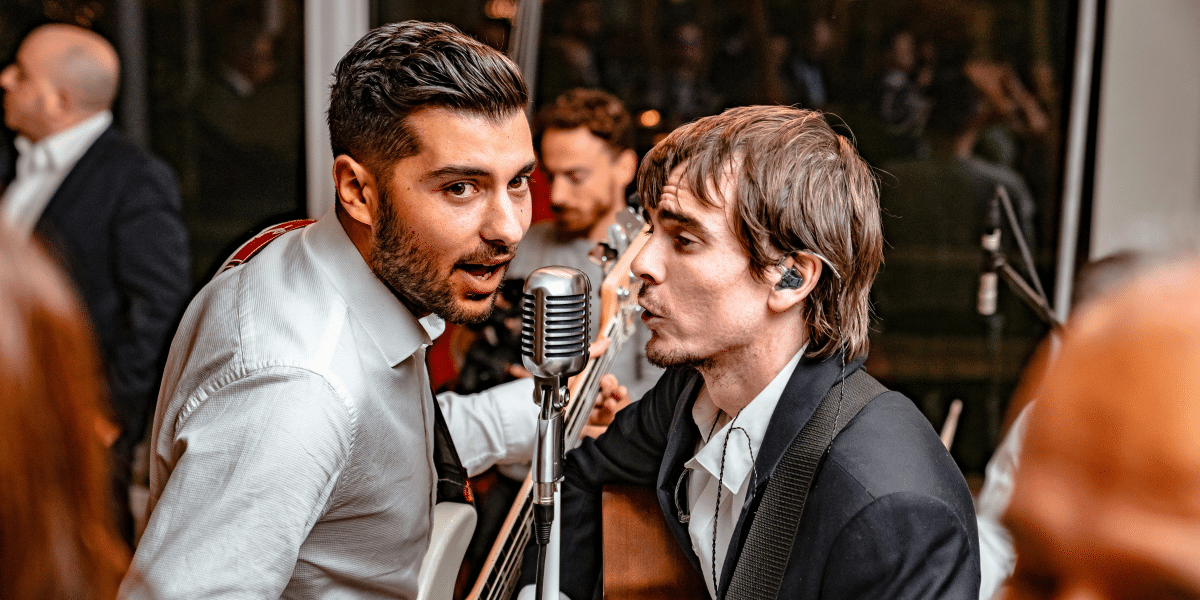Building a Strong Foundation
At its core, media training equips individuals with the tools and techniques necessary to communicate effectively with journalists. It involves understanding the media landscape, different interview formats, and the nuances of journalistic inquiry. By developing a strong foundation in media training, you can build confidence in your ability to articulate your message clearly, concisely, and persuasively.
One of the critical aspects of media training is crafting a public persona that aligns with your values and goals. This involves defining your key messages, identifying your target audience, and developing a consistent narrative. By carefully crafting your public persona, you can ensure that your interactions with journalists reinforce your desired image and message.
Handling Tough Questions
Tough questions from journalists are a given in the world of media. However, with the right media training, you can learn to expect and prepare for these challenges. This preparation gives you the confidence to answer difficult questions effectively. You’ll learn to steer the conversation back to your main points even when faced with unexpected or tricky inquiries.
One technique is “bridging,” which is smoothly transitioning from a difficult question to a topic you want to discuss. “Flagging” is another useful skill, where you emphasize specific points you want the audience to remember. And “pivoting” allows you to redirect a question that might be off-topic or uncomfortable, bringing the focus back to your key message.
These techniques are like tools in a toolbox, each designed for a specific purpose. By mastering them, you gain control over the interview, ensuring your message is heard and understood. With practice and experience, you can navigate even the most challenging interviews with poise and confidence.
Media interviews can take various forms, from one-on-one conversations to panel discussions and press conferences. Media training helps you understand the specific dynamics of each format, ensuring you’re prepared to adapt your approach accordingly. By familiarizing yourself with different interview formats, you can maximize your impact and minimize the risk of missteps.
Thorough preparation is key to successful media interactions. Before any interview, take the time to research the journalist, their publication, and their previous work. Understand their perspective and potential biases. Additionally, prepare key messages and talking points that you want to convey during the interview.
Investing in media training can yield significant benefits. By developing your media skills, you can enhance your credibility, build stronger relationships with journalists, and control the narrative surrounding your personal or professional brand. Moreover, media training can help you manage crises effectively and protect your reputation in the face of negative publicity.
In conclusion, media training is an indispensable tool for anyone seeking to navigate the complexities of the media landscape. By mastering the art of interacting with journalists, handling tough questions, and crafting a public persona, you can unlock new opportunities and achieve your communication goals.










